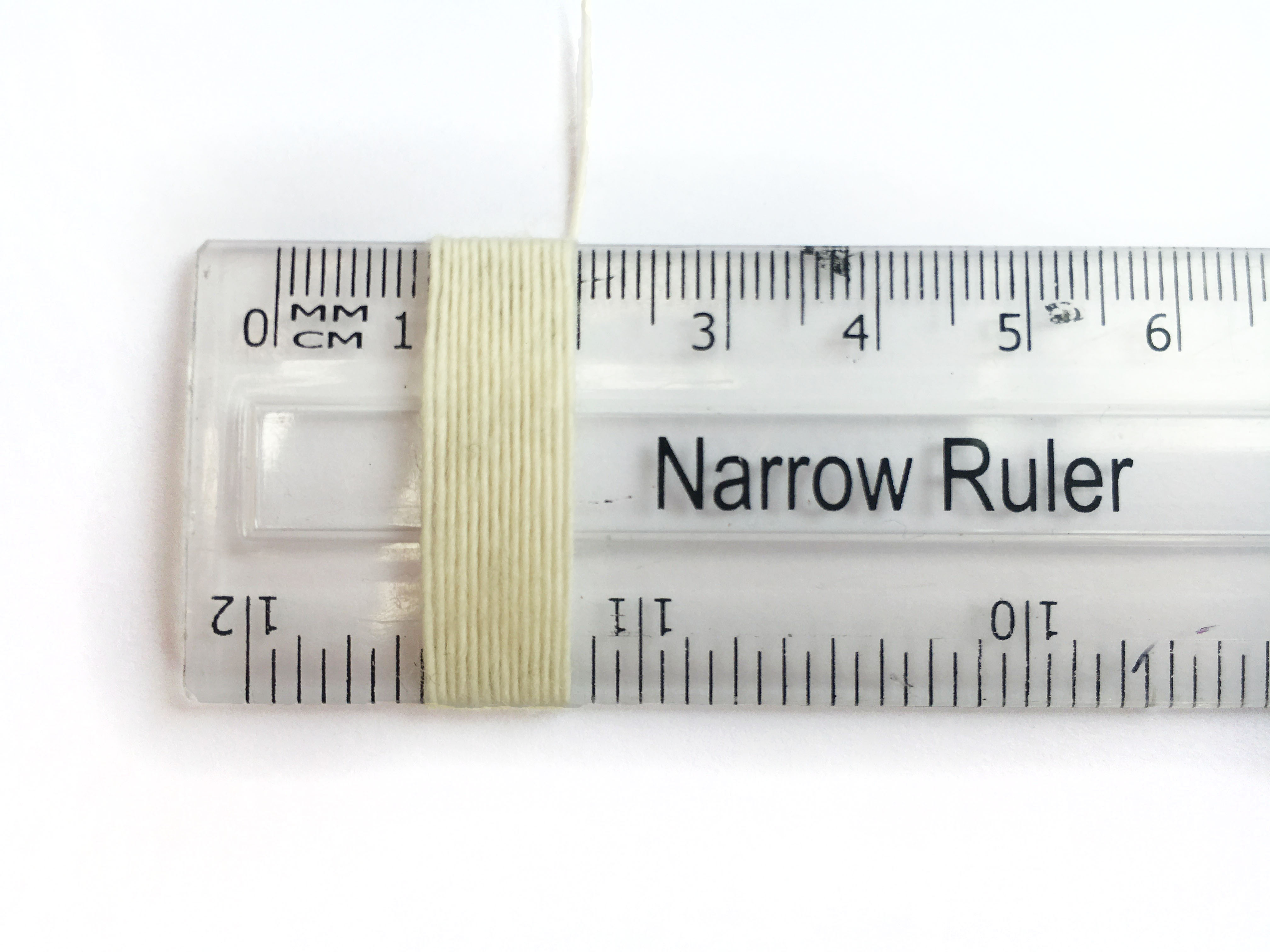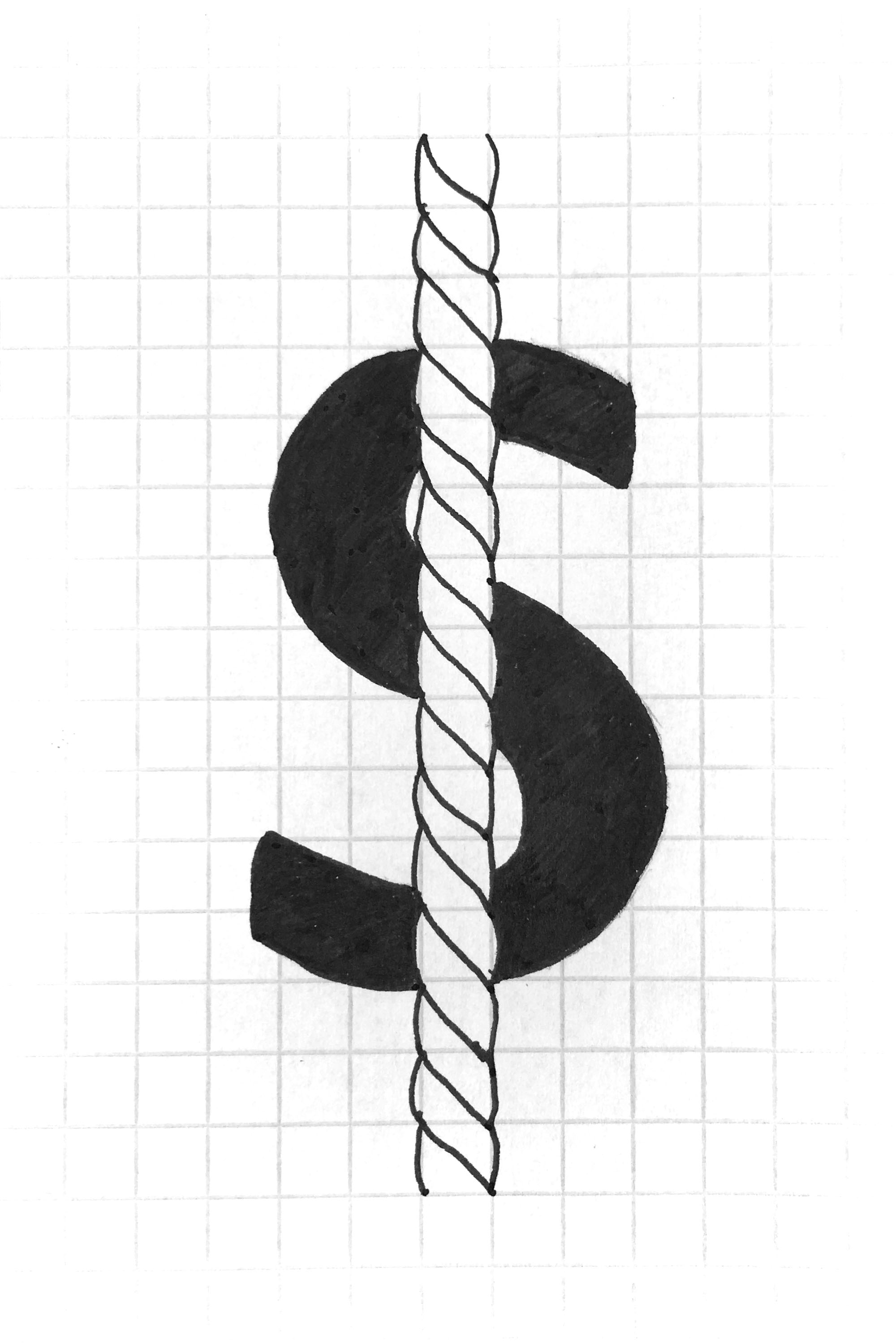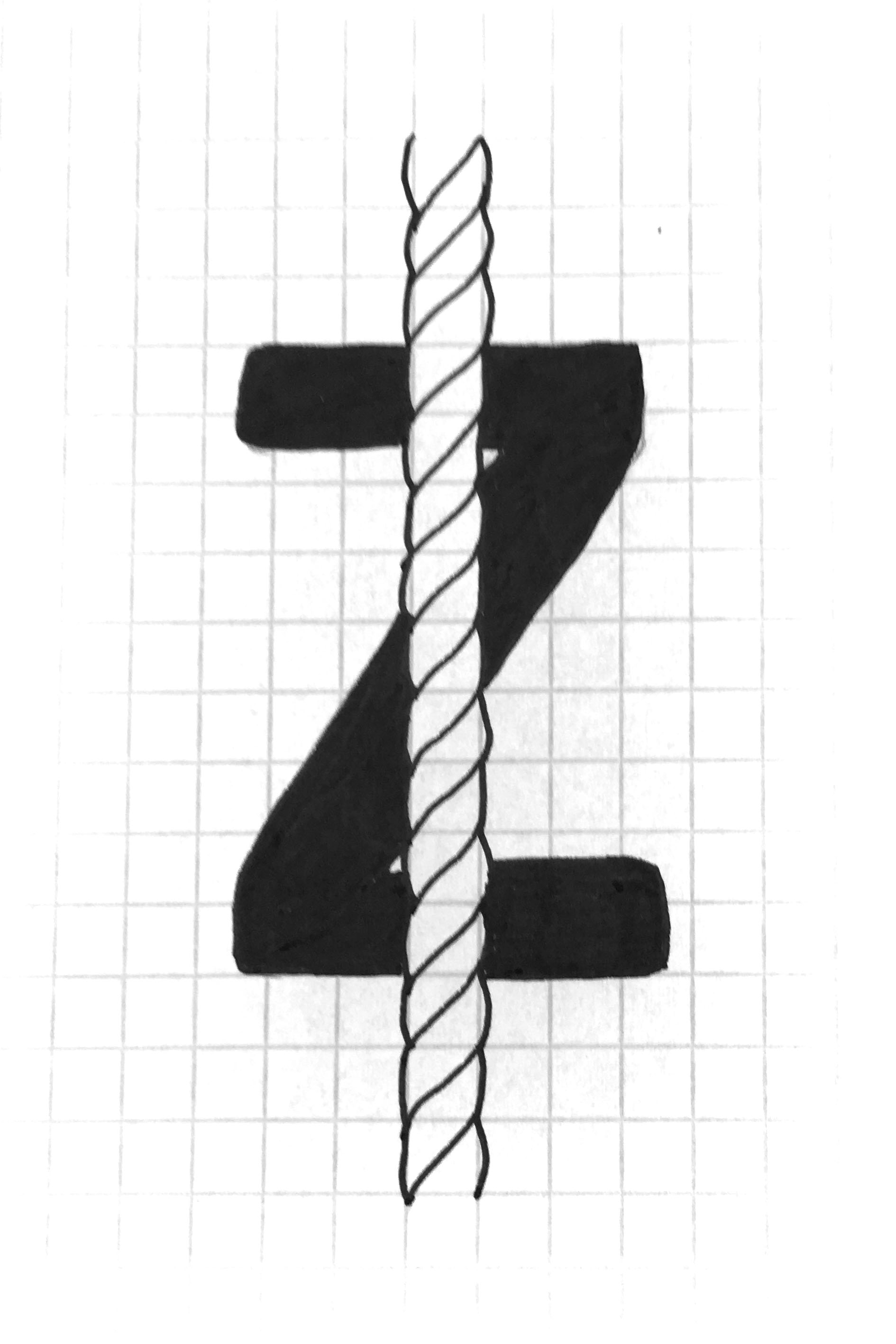by katie | Apr 26, 2018 | Blog, Weave Blog
What is a sett?
Once you have chosen a yarn(s) to use use for a warp you need to consider the sett. In other words, the number of warp ends you will want to have in your woven cloth per centimetre/inch (ends per centimetre (EPC) or ends per inch (EPI)).
Things that may affect the sett
There are a number of factors that need to be taken in to consideration and may affect the sett you choose:
Weave structure
A weave structure with fewer weft intersections with the warp will require a higher sett. For example a 3/1 twill will require a higher sett than a plain weave.
Final use/aesthetics of the fabric
If the final outcome is to be a lightweight scarf then the sett may need to reduced considerably. On the other hand if the fabric is to be cut and sewn a much higher sett is needed so it holds together well. A higher sett will also make it harder wearing.
Personal preference
Some weavers prefer to use a slightly higher/lower EPC/EPI and may also beat down their weft harder/more softly.
Bearing this in mind the below is only a guide and other factors will affect the sett.
How to work out the sett
To work this out you need to take your yarn and wrap it around a ruler. Do this with no gaps between but ensure the yarn does not bunch up or overlap. Wrap it around in a 1 cm or 1″ section as shown below.

Dividing the number of times the yarn was wrapped by 2 gives you the EPC/EPI of your woven cloth.
This method is usually a good indicator of the number of ends you will need for a balanced plain weave structure. When we talk about a balanced plain weave we mean a plain weave where the warp and weft are equally visible, neither one dominates the other.
For a balanced twill you would use 2/3 of the number of ends round the ruler.
In the photo above the yarn was wrapped around the ruler 14 times within 1cm. This means I would want to start with 7 EPC for a plain weave or 10 EPC for a twill.
If different structures are to be woven then the EPC/EPI will need to be adjusted. There is a formula to work this out mathematically which can be confusing. It may also be affected by previously mentioned variables which cannot be taken into consideration with a formula. The formula is as follows:
S= T X R
bn(I + R)
S is the sett.
T is the number of times the yarn was wrapped around a ruler.
R is how many ends there are in one repeat.
I is the number of weft intersections in one repeat.
I personally prefer to use the first method mentioned and adjust it taking all other aspects of the woven piece in to consideration. Sampling really is the only way to get just the right sett.
by katie | Apr 8, 2018 | Blog, Weave Blog
Yarn is made from a variety of different fibres and it is important to have an understanding of where these fibres come from. The following table show some of the most common types and their origin:
| Fibre type |
Yarn |
Origin |
|
Natural (cellulose)
|
Cotton |
White boll which surrounds the seed of the cotton plant |
| Flax/linen |
Filament fibre from flax plants |
| Hemp |
Hemp plant (a Angiosperm phylum) |
| Jute |
Corchorus olitorius plant |
| Ramie |
Bark of Boehmeria nivea |
| Sisal |
Leaf of the Agave sisalana plant |
| Bamboo |
Stem of the bamboo plant |
| Paper |
Wood pulp |
| Abaca |
Leaf of the banana plant |
| Banana |
Stem of the banana plant |
| Pineapple |
Leaf of pineapple plant |
| Coir |
Husk of the coconut fruit |
| Lyocel (tencel) |
Wood pulp |
| Seacell |
Wood pulp and seaweed (algae) |
|
Natural (protein)
|
Sheep wool |
Sheep hair |
| Alpaca |
Alpaca hair |
| Cashmere |
Cashmere goat |
| Mohair |
Angora goat |
| Angora rabbit |
Angora rabbit |
| Camel |
Camel hair |
| Horse |
Horse hair |
| Lama |
Lama hair |
| Mulberry Silk |
Silkworm cocoons |
| Tussah silk |
Tussah silk moth cocoon |
|
Synthetic
|
Vicsose |
Wood pulp |
| Rayon |
Cellulose from a variety of plants |
| Polyester |
Synthetic resin |
| Elastane |
Minimum of 85% polyurethane polymer |
| Acrylic |
Minimum of 85% acrylonitrile monomer |
Some fibres come from a natural source but are classed as synthetic. This is due to the manufacturing process the fibre has gone through to and whether the end fibre is biodegradable.
by katie | Mar 31, 2018 | Blog, Weave Blog
What is twist and ply?
When choosing a yarn it is important to consider the twist and ply as this affects how the yarn behaves.
Twisting yarn is the process of wrapping together (in a spiral motion) fibres to make a singles yarn and then singles to make a plied yarn. Twisting fibres together, such as when spinning, gives the fibres the strength to be woven in to cloth. Twisting these singles together to make a plied yarn adds even more strength.
The ply of a yarn is the number of singles that have been twisted together to make up a yarn. A single yarn would have a ply of one.
We describe the twist of a yarn as either an ‘S’ or ‘Z’ twist. To determine which way a yarn is twisted, hold the yarn vertically and visualise the diagonal in each of these letters. If the fibres appear
to be going in the same direction as the diagonal in an ‘S’ then it is an ‘S’ twist yarn. If they are going in the opposite direction then it is a ‘Z’ twist yarn.


Why is it important?
When yarn has been plied together the single strands are often ‘Z’ twist yarns which are then plied in an ‘S’ direction. If multiple ply ‘S’ twist yarns are then to be plied together, such as in a cord, they would be twisted in a ‘Z’ direction. Alternating twists in this way gives the yarn stability and strength.
If a yarn is plied together using the same direction twist as the single strands, for example the single strands were twisted in a ‘Z’ direction and the yarn was also plied in the ‘Z’ direction the resulting yarn will have a tendency to curl. This is apparent in fabrics such as voile.
The number of twists per meter is also important. This information is not always given with the yarn as standard but it will be displayed a TMI (twists per metre or TPI twists per inch). Some yarns are highly twisted and have lots of twists per meter while others are more softly twisted with less twists per meter. Shorter staple fibres will need a higher twist than longer staple fibres to give them the strength needed to be woven.
As a yarn’s TPM increases as does it’s strength until it reaches it ‘optimum twist’ (different for every yarn). Optimum twist is when the yarn is at its strongest. If twisted more than this it starts to weaken. weakening the yarn in this way is sometimes necessary to create a desired effect.
How twist and ply is applied
The twist of a singles/yarn defines the characteristics of the yarn:
| Low twist yarns |
High twist yarns |
| Softer (produce softer, lighter fabrics) |
Smoother, harder and stronger (produce finer, crisper fabrics) |
| Absorbent |
Can be water repellent |
| Less hard wearing |
More resistant to abrasion and pilling |
| Fabric more relaxed and less likely to curl |
Very high twist yarns are lively and the fabric more likely to curl |
It is very important to consider the twist of a yarn when weaving a fabric as this may help us us achieve a desired fabric. These are a few examples of some fabrics in which the twist is very important:
| Fabric |
Twist characteristics |
| Crepe |
Very highly twisted yarn |
| Voile |
Fibre spun in ‘Z’ direction with yarn also spun in ‘Z’ direction. High twist yarn which likes to curl but also creates transparency. |
| Poplin |
Yarn which has been spun in an ‘S’ twist using two singles spun in ‘Z’ twists. |
| Herringbone structured fabric |
When the yarn twist and direction of the twill structure are in opposite directions the twill will be more prominent e.g. ‘S’ twist yarn with ‘Z’ direction twill |
Sewing thread is made up of three ‘S’ twist singles then plied in a ‘Z’ direction which creates a tear resistant yarn.
Yarn Counts
by katie | Mar 23, 2018 | Blog, Weave Blog
What are yarn counts
Yarn counts can be a confusing topic but it is a useful piece of information.
The yarn count tells us the thickness and ply of the yarn. All yarn has a yarn count although this is not so obvious in some yarns such as knitting yarn which are often described in words e.g. double knit etc.
Counts are expressed as two numbers separated by a forward slash followed by the count system abbreviation e.g. 16/2 nm, 2/16wc etc. One number is the count, this tells us the length of yarn for a given weight of each individual strand of yarn. The other (usually smaller number) tells us how many strands of yarn have been plied together.
Some counts may be expressed with the ply number missing e.g. 16 nm. When a count is expressed like this it is assumed the ply is 1. Generally, the larger the number the finer the yarn.
The twist is not measured within a yarn count as each manufacturer sets this themselves. The twist of a yarn is sometimes expressed separately as twists per inch (tpi) or twists per metre (tpm).
Different measuring systems
There are many different systems used for measuring yarn. I am just going to cover the most common ones in this post.
| Count system | Yarn | Definition |
| Cotton count (cc or ne) | Cottons | 840 yards/pound |
| Worsted count (wc) | Wools | 560 yards/pound |
| Linen count (lea or nel) | Linen | 300 yards/pound |
| Numero metric count (nm or mc) | Silks | 1000 meters/kilo |
Although the different systems are commonly used for specific yarns they are often used for other types of yarn too. The numero metric count is particularly used across different yarn types.
Imperial counts (cc/wc/lea) are written ply/count
Metric counts (nm) are written count/ply
Working out the yards/pound or meters/kilo
When you know the count of a yarn this enables you to work out how many metres/yards you have per kilo/pound of that particular yarn. To work this out you multiply the number of yards/meters per pound/kilo by the yarn count. Then divide this by the ply. See the table and example below:
| Cotton count | yards per pound = (840 x count) / ply |
| Worsted count | yards per pound = (560 x count) / ply |
| Linen count | yards per pound = (300 x count) / ply |
| Numero Metric count | metres per kilo = (1000 x count) / ply |
For example:
16/2 nm
m/kg = (1000 x 16) / 2
8000 m/kg
2/12 cc
y/lb = (840 x 12) / 2
5040 y/lb
When yarn is plied there is a little bit of take up so the amounts may not work out exactly but in thinner yarns this is negligible.
Being able to do this calculation is useful because it enables you to work out how much yarn you are going to need for your project.
It is also useful to be able to convert between the two:
y/lb to m/k multiply by 2.016
m/k to y/lb multiply by 0.495
(these are rounded to three decimal places)
For example:
5040 y/lb x 2.016 = 10160.64 m/kg
To convert directly between metres and yards use the following calculation:
metres to yards – multiply by 1.09
yards to metres – multiply by 0.91
Twist and Ply



